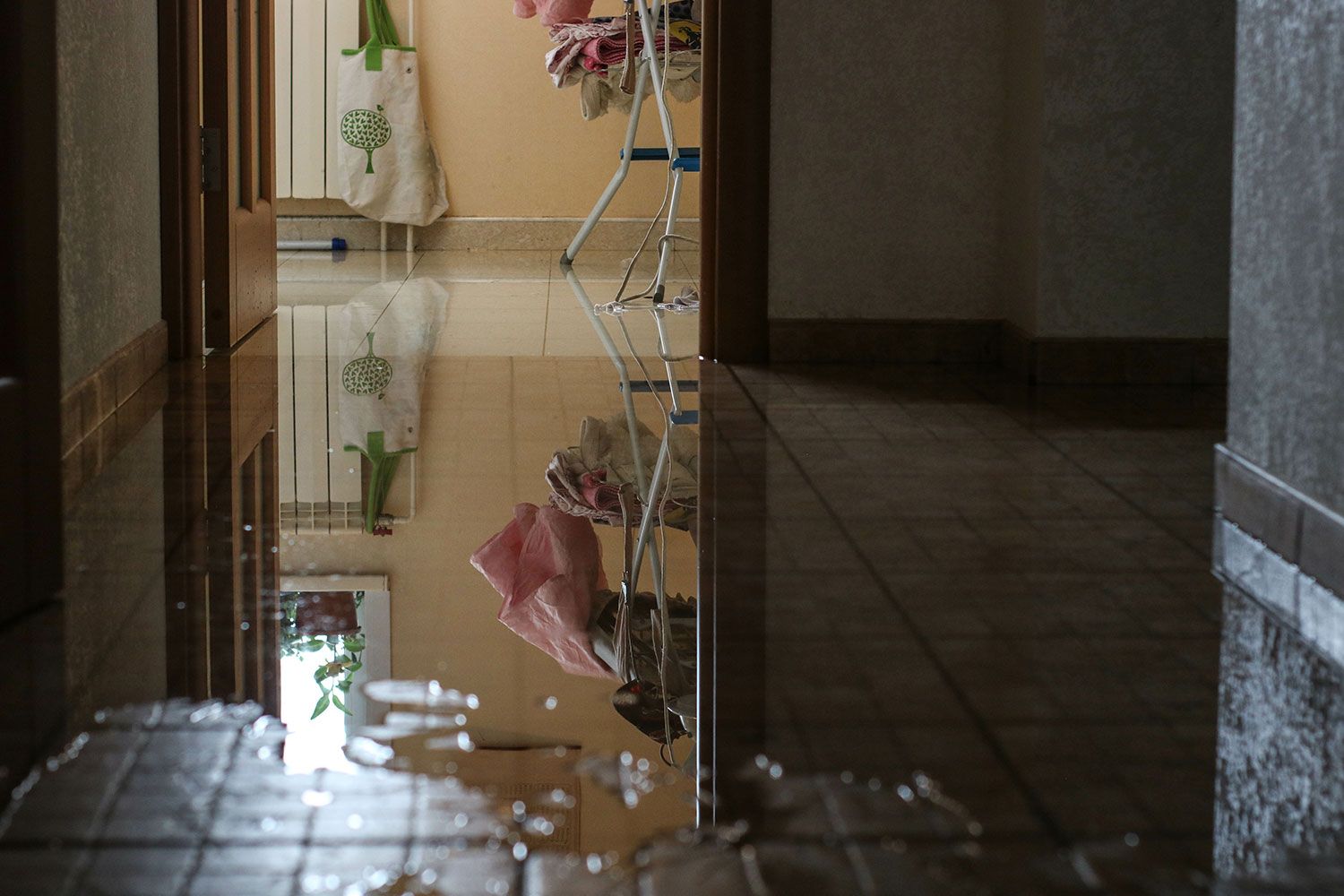Elements Contributing to Bathroom Water Deterioration
Elements Contributing to Bathroom Water Deterioration
Blog Article
What're your ideas regarding How to Repair and Prevent Bathroom Water Damage??

Water damage usually happens in the washroom as a result of the water used day-to-day. Occasionally, the damage could be a little mold and mildew from the shower. Various other times, it's substantial damages on your flooring. Whatever it is, it is constantly excellent to recognize the reason and also prevent it prior to it happens.
This guide will certainly experience some of the common reasons for water damage in the shower room. We will certainly also examine what you can do to stop these reasons from harming your washroom. Allow's dive in.
These are the usual factors you would certainly have water damage in your washrooms and also how you can detect them:
Excess Dampness
It's awesome to have that lengthy shower and sprinkle water while you hem and haw and act like you're executing, but in some cases these acts might trigger water damage to your shower room.
Sprinkling water around can trigger water to visit edges as well as develop molds. Watch exactly how you spread excess wetness around, and also when you do it, clean it up to avoid damages.
Fractures in your wall tiles
Bathroom wall surface ceramic tiles have been specially made for that function. They safeguard the wall surface from wetness from people taking showers. Nevertheless, they are not indestructible.
Occasionally, your shower room wall tiles split and enable some moisture to leak right into the wall. This might possibly destroy the wall surface if you do not take any action. If you see a crack on your wall floor tiles, repair it right away. Do not wait till it destroys your wall.
Overflowing bathrooms and also sinks
As human beings, sometimes we make mistakes that could cause some water damage in the restroom. For instance, leaving your sink tap on might cause overflowing and damage to various other parts of the washroom with dampness.
Additionally, a malfunctioning bathroom might cause overruning. As an example, a damaged bathroom handle or various other parts of the tank. When this happens, it can harm the flooring.
As quickly as you notice an overflowing sink or bathroom, call a plumber to help take care of it immediately.
Burst or Leaking Pipelines
There are several pipelines bring water to different parts of your bathroom. Some pipelines take water to the toilet, the sink, the taps, the shower, and also numerous various other areas. They crisscross the small location of the bathroom.
Once in a while, these pipes might obtain corroded and burst. Other times, human action might trigger them to leak. When this happens, you'll discover water in the corners of your restroom or on the wall.
To find this, watch out for gurgling wall surfaces, molds, or mildew. Call an expert emergency plumbing technician to fix this when it happens.
Roofing system Leaks
Sometimes, the trouble of water damage to the washroom may not come from the bathroom. As an example, a roofing leak can trigger damage to the washroom ceiling. You can identify the damage done by considering the water spots on the ceiling.
If you locate water spots on your ceiling, examine the roof covering to see if it's harmed. Then, call a professional to assist resolve the issue.
Conclusion
Water damage to your restroom can be annoying. Nevertheless, you can handle it if you stop several of the causes stated in this overview. Call a professional emergency plumbing technician if you see any serious damage.
How to Prevent Water Damage in Your Bathroom?
Water damage repair is an expensive, meticulous, and lengthy process. Unfortunately, bathrooms are the most susceptible rooms to water damage due to toilets, showers, and sinks. Pipes and fixtures wear out over time and are not immune to damage. But all is not lost, as there are ways to prevent water damage from occurring in your bathroom.
Check Your Plumbing
Nothing lasts forever, especially pipes, which can rust and begin leaking over time. You should periodically conduct pipe inspections and pay attention for any musty smells or water stains that may indicate you need water damage repair. Here are some things to check:
Frequently test valves for your toilet, shower, and sink to ensure they are properly working. Check faucet supply lines hidden under vanities and replace when needed. Replace cracked or deteriorating caulking along sinks, tubs, and showers. If you notice a clog in your sink, call in a professional. Since you can’t check the pipes in the wall, keep an eye out for stains, drywall bubbling, musty smells, and excess moisture; if the bathroom is on a second level, check the ceiling of the room directly below for these signs. Don’t Overwork Your Toilet
One of the most common reasons bathrooms need water damage repair is due to overflowing toilets. Save yourself the hassle of cleanup by being mindful and not pushing your toilet to extreme limits. If you have young children, it is especially important to keep an eye on them when they are in the bathroom and to teach them how to avoid clogging the toilet. Here are some more tips to help prevent your toilet from overflowing:
If you have a septic tank, only use septic-safe toilet paper Do not flush anything down the toilet besides toilet paper; items like diapers and sanitary napkins will clog the piping Pay attention to your toilet’s water level: If it’s low, it could mean it is partially clogged or that there is a crack in the toilet bowl https://www.alure.com/home-improvements-blog/resources/how-to-prevent-water-damage-in-your-bathroom

As a devoted reader on How to Repair and Prevent Bathroom Water Damage?, I figured sharing that portion was worth the trouble. Feel free to take a moment to share this content if you enjoyed reading it. Thanks a lot for your time. Please check our blog back soon.
Call, we deliver! Report this page